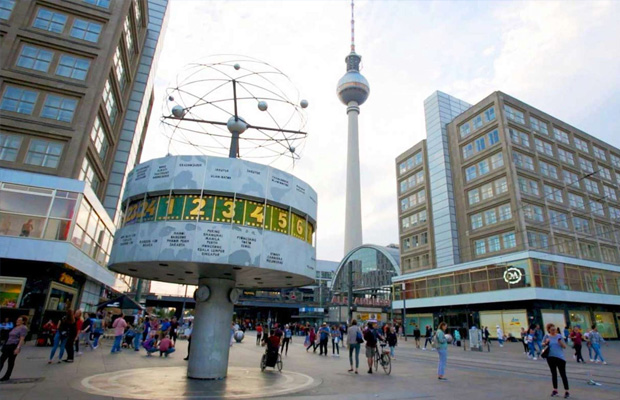Neues Museum
Neues Museum
Germany
Berlin
Berlin Travel Guide
Book Tour & Activities
Your tour in Berlin.
Book your stay
Your hotel in Berlin.
Overview
The Neues Museum is a listed building on the Museum Island in the historic centre of Berlin and part of the UNESCO World Heritage. Built from 1843 to 1855 by order of King Frederick William IV of Prussia in Neoclassical and Renaissance Revival styles, it is considered as the major work of Friedrich August Stüler.
The Neues Museum is a listed building on the Museum Island in the historic centre of Berlin and part of the UNESCO World Heritage. Built from 1843 to 1855 by order of King Frederick William IV of Prussia in Neoclassical and Renaissance Revival styles, it is considered as the major work of Friedrich August Stüler. After suffering damage in World War II and decay in East Germany, it was restored from 1999 to 2009 by David Chipperfield. Currently, the Neues Museum is home to the Ägyptisches Museum, the Papyrussammlung, the Museum für Vor- und Frühgeschichte and parts of the Antikensammlung.
The Neues Museum was the second museum to be built on Museum Island and was intended as an extension to house collections which could not be accommodated in the Altes Museum. Among these were collections of plaster casts, ancient Egyptian artifacts, the prehistoric and early historic collections (Museum der vaterländischen Altertümer), the ethnographic collection, and the collection of prints and drawings (Kupferstichkabinett). It is thus the "original source" of the collections in the Egyptian Museum of Berlin and the Ethnological Museum of Berlin.
Moreover, the Neues Museum is an important monument in the history of construction and technology. With its various iron constructions, it is the first monumental building of Prussia to consistently apply new techniques made possible by industrialization. As a further innovation, a steam engine was used for the first time in construction in Berlin. Among other things, it was used to ram pilings into the building ground. The soft, spongy soil around the River Spree means that buildings in the central area of Berlin require deep foundations.
It was built between 1843 and 1855 according to plans by Friedrich August Stüler, a student of Karl Friedrich Schinkel. The museum was closed at the beginning of World War II in 1939,[3] and was heavily damaged during the bombing of Berlin. The rebuilding was overseen by the English architect David Chipperfield.[4] The museum officially reopened in October 2009[5] and received a 2010 RIBA European Award[6] and the 2011 European Union Prize for Contemporary Architecture.
Exhibits include the Egyptian and Prehistory and Early History collections, as it did before the war. The artifacts it houses include the iconic bust of the Egyptian queen Nefertiti.[5]
Both as a part of the Museum Island complex and as an individual building, the museum testifies to the neoclassical architecture of museums in the 19th century. With its new industrialized building procedures and its use of iron construction, the museum plays an important role in the history of technology. Since the classical and ornate interiors of the Glyptothek and of the Alte Pinakothek in Munich were destroyed in World War II, the partly destroyed interior of the Neues Museum ranks among the last remaining examples of interior museum layout of this period in Germany.
Address: Bodestraße 1-3, 10178 Berlin, Germany
Tickets: €6–12 · smb.museum
Founded: 1855
Phone: +49 30 266424242
Video Travel Inspiration
See Neues Museum on Map
Most Popular Cities

Siem Reap
Cambodia
Ho Chi Minh City
Vietnam
Beijing
China
Paris
France
London
United Kingdom
New York
USA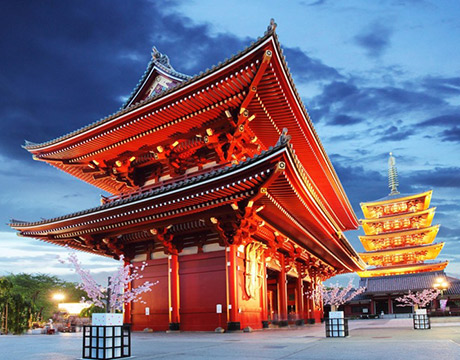
Tokyo
Japan
Bangkok
Thailand
Seoul
South Korea
Vientiane
Laos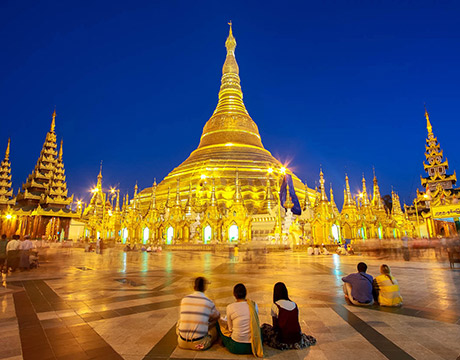
Yangon
Myanmar
Washington DC
USA
Los Angeles
USA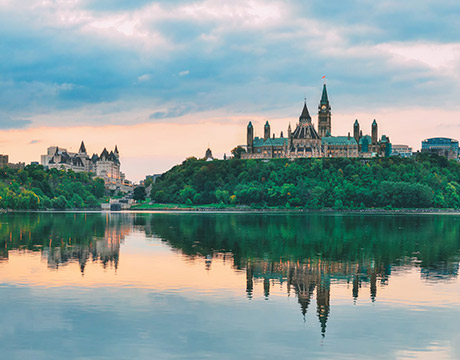
Ottawa
Canada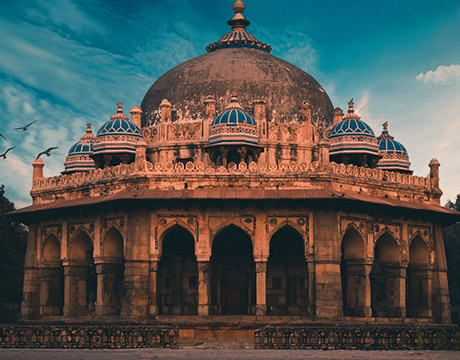
New Delhi
India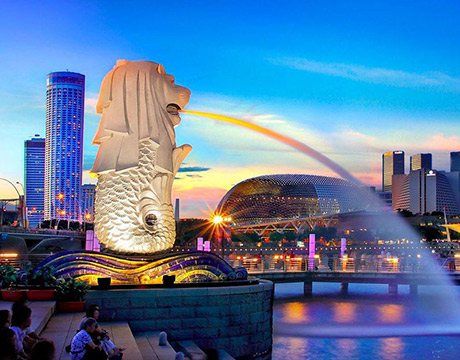
Singapore
Singapore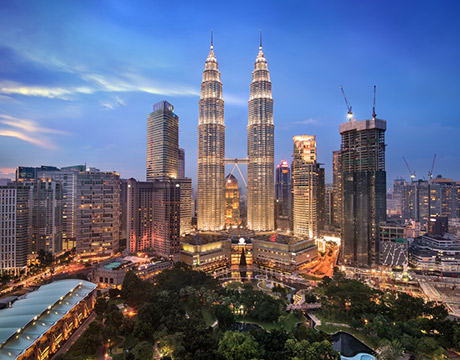
Kuala Lumpur
Malaysia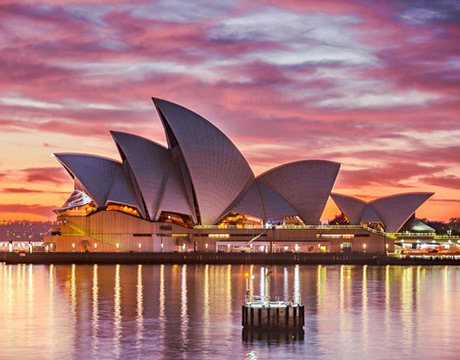
 English
English French
French Khmer
Khmer Thai
Thai Vietnamese
Vietnamese Chinese
Chinese Korean
Korean German
German Japanese
Japanese Italian
Italian Russian
Russian Spanish
Spanish Dutch
Dutch Indonesian
Indonesian Malay
Malay




